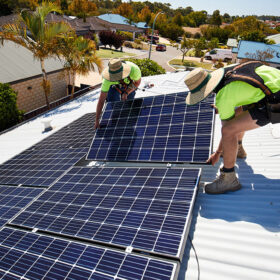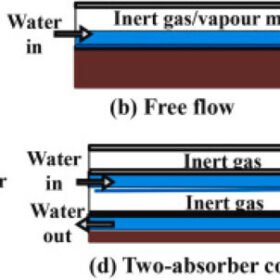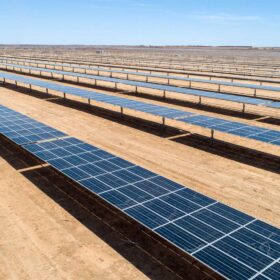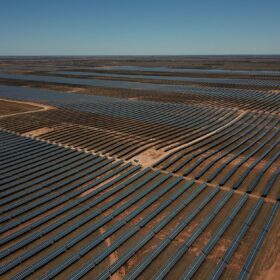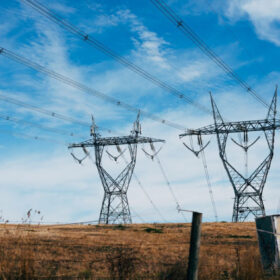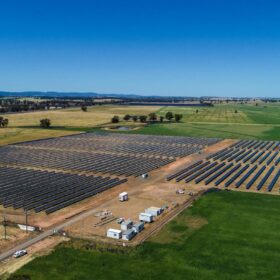IEA tips Australia’s ‘outstanding’ solar economics to drive rooftop growth
The International Energy Agency expects Australia’s “outstanding” economic fundamentals for residential and commercial rooftop solar will see the sector stabilise in 2023 after a new report revealed the PV market contracted in 2022.
All photovoltaic-thermal system designs at a glance
An international research team has presented all possible system designs and applications for photovoltaic-thermal (PVT) technology. Their review includes conventional PV-T collectors, air-based systems, liquid-based installations, water-based collectors, refrigerant-based systems, heat-pipe-based technologies, dual air-water systems, building-integrated PVT arrays, and concentrated PVT collectors.
NSW tender supports $2.5 billion solar and storage projects
The successful projects from the first tender conducted under the New South Wales government’s Electricity Infrastructure Roadmap have been announced with two large solar farms, a wind farm and an eight-hour battery energy storage system to be built as the state looks to manage the exit of coal-fired power generation from the grid.
Solar generation high sparks record lows across energy grid
Record solar generation from both large-scale and rooftop PV is driving down the wholesale cost of energy, helping set new records for minimum demand for electricity from the grid and reducing emissions to record lows according to new data provided by the Australian Energy Market Operator.
Victoria begins search for renewables investment to kickstart SEC
The Victorian government has launched a market search for what is to be the first large-scale renewable energy project to be developed under the resurrected State Electricity Commission that will invest an initial $1 billion towards delivering 4.5 GW of renewable energy capacity.
ACE Energy comes up trumps in race for Central-West Orana REZ role
The New South Wales government has tapped the ACE Energy consortium as the “first ranked proponent” to fill the network operator role for Australia’s first coordinated renewable energy zone that will host at least 3 GW of solar, wind and storage capacity.
China added 33.66 GW of new PV in Q1
China reached 327.4 GW cumulative installed PV capacity at the end of February, according to new figures from the National Energy Administration (NEA).
NSW power prices to surge during peak periods after Liddell power station closure
According to findings by Cornwall Insight Australia, this week’s closure of Liddell Power Station is expected to drive up average power prices during peak periods in New South Wales (NSW). Prices, particularly in the summer, are expected to be higher compared to the previous three years.
CEFC sharpens focus on small-scale solar with $150 million investment
The Australian government’s green bank has identified small- to medium-sized renewable energy generation projects as a key focus, tripling its existing mandate with specialist fund manager Infradebt in a move designed to drive investment in the space which it said has traditionally suffered from a funding “gap”.
‘The economics are outstanding’: WA battery component hopeful buoyed by scoping study
Western Australian startup International Graphite says its proposed graphite processing plant in Collie has been found to have “outstanding” economics by its new scoping study. Graphite is a vital element in lithium-ion batteries and International Graphite is one of a handful of Australian companies working to move its processing onto Australian shores.
